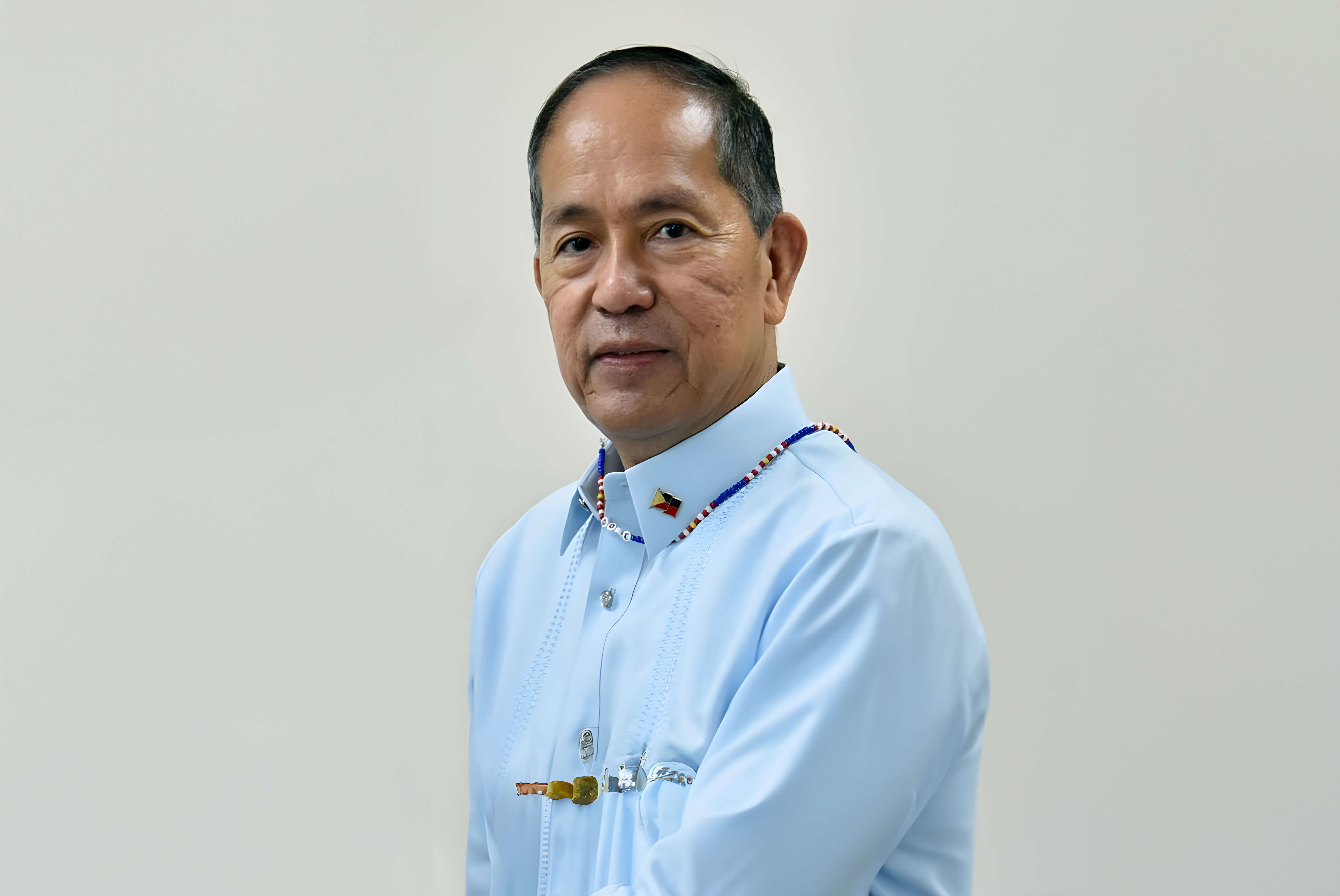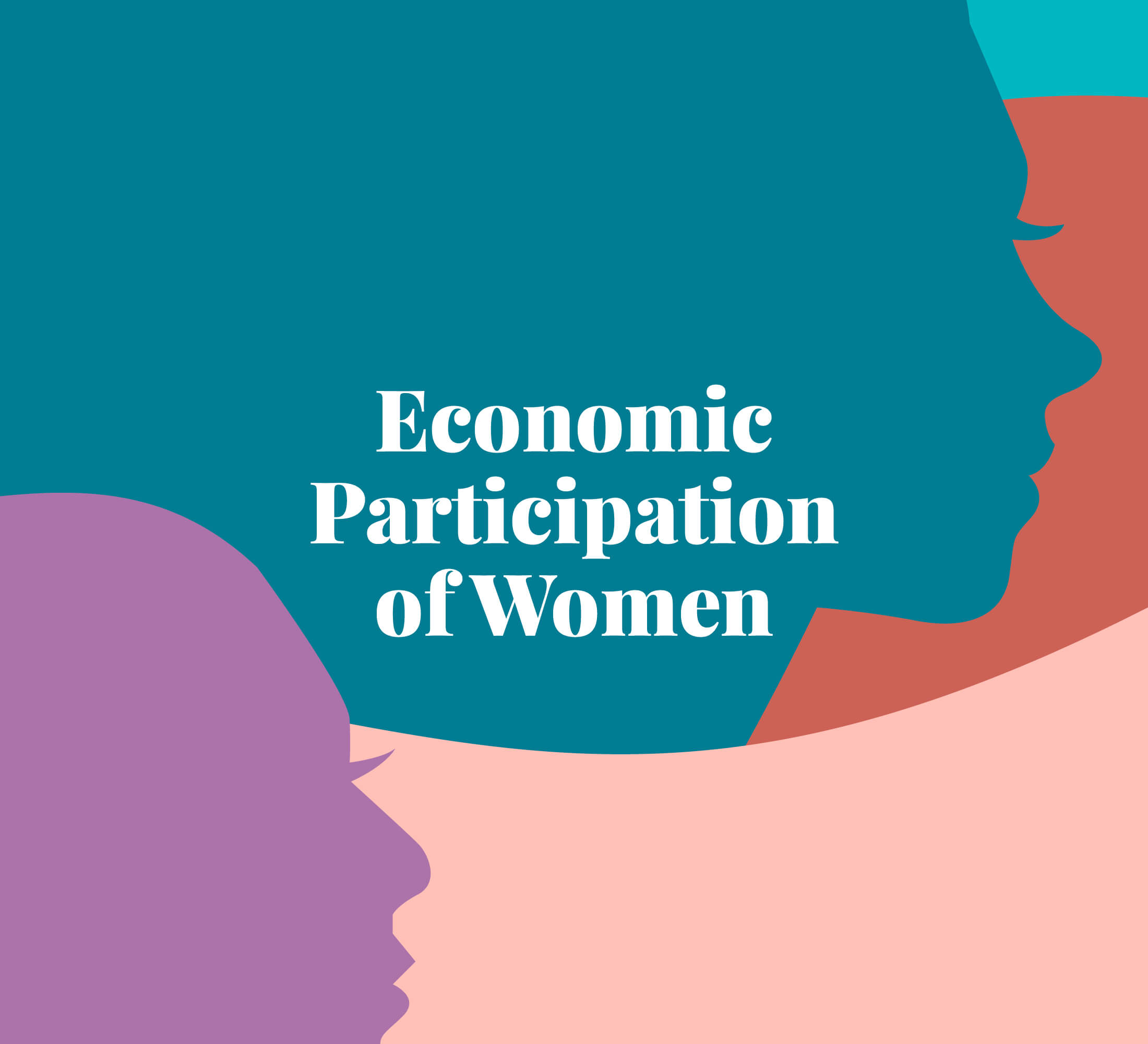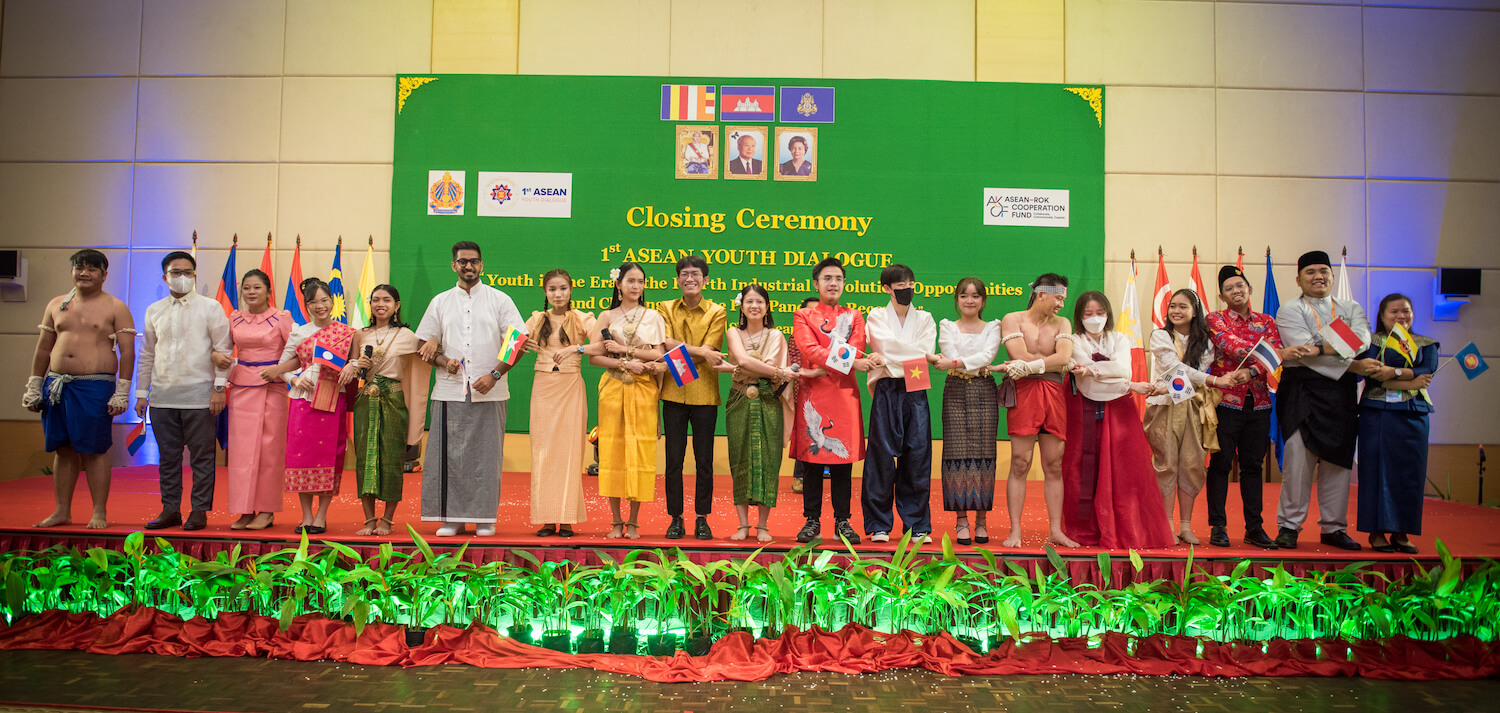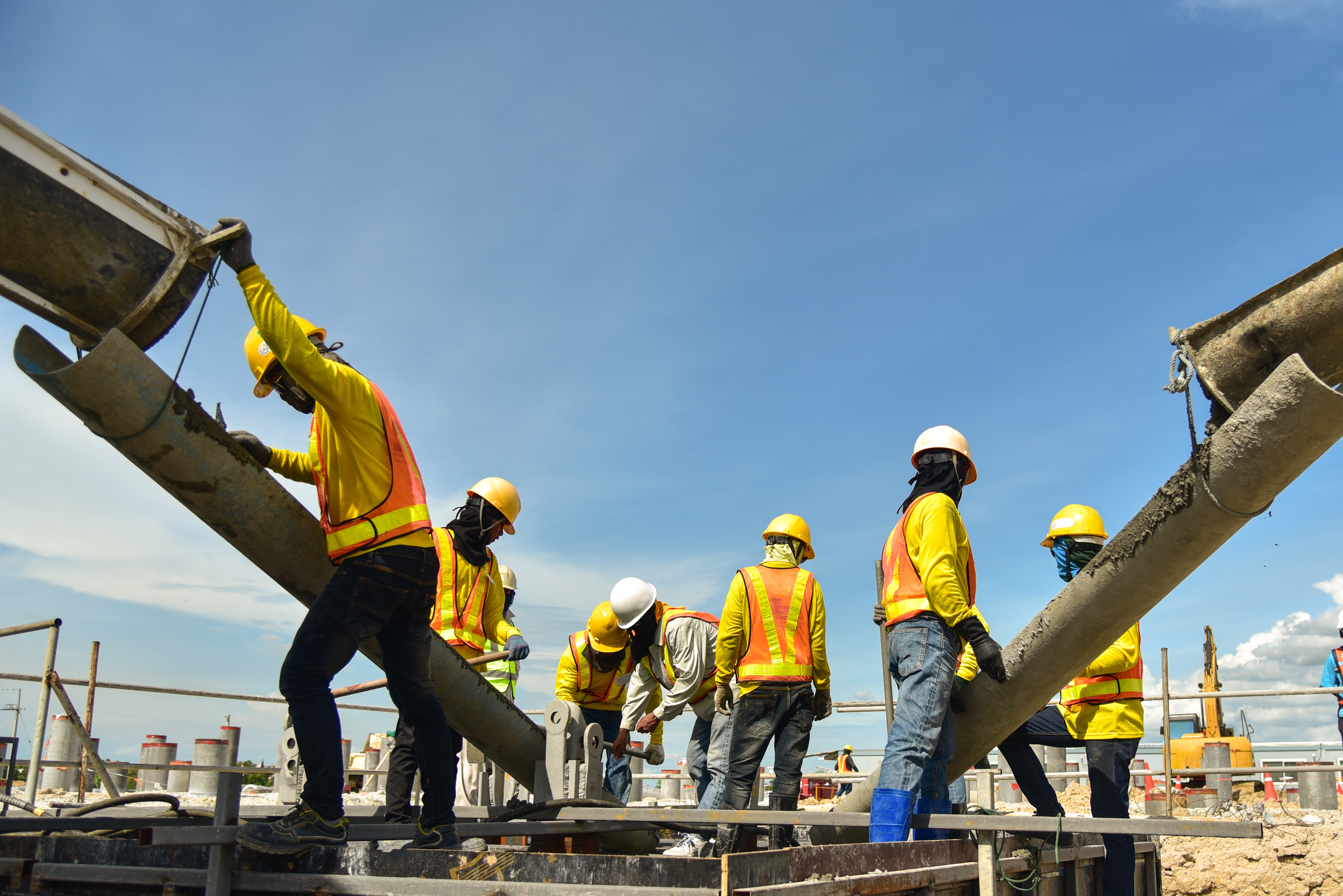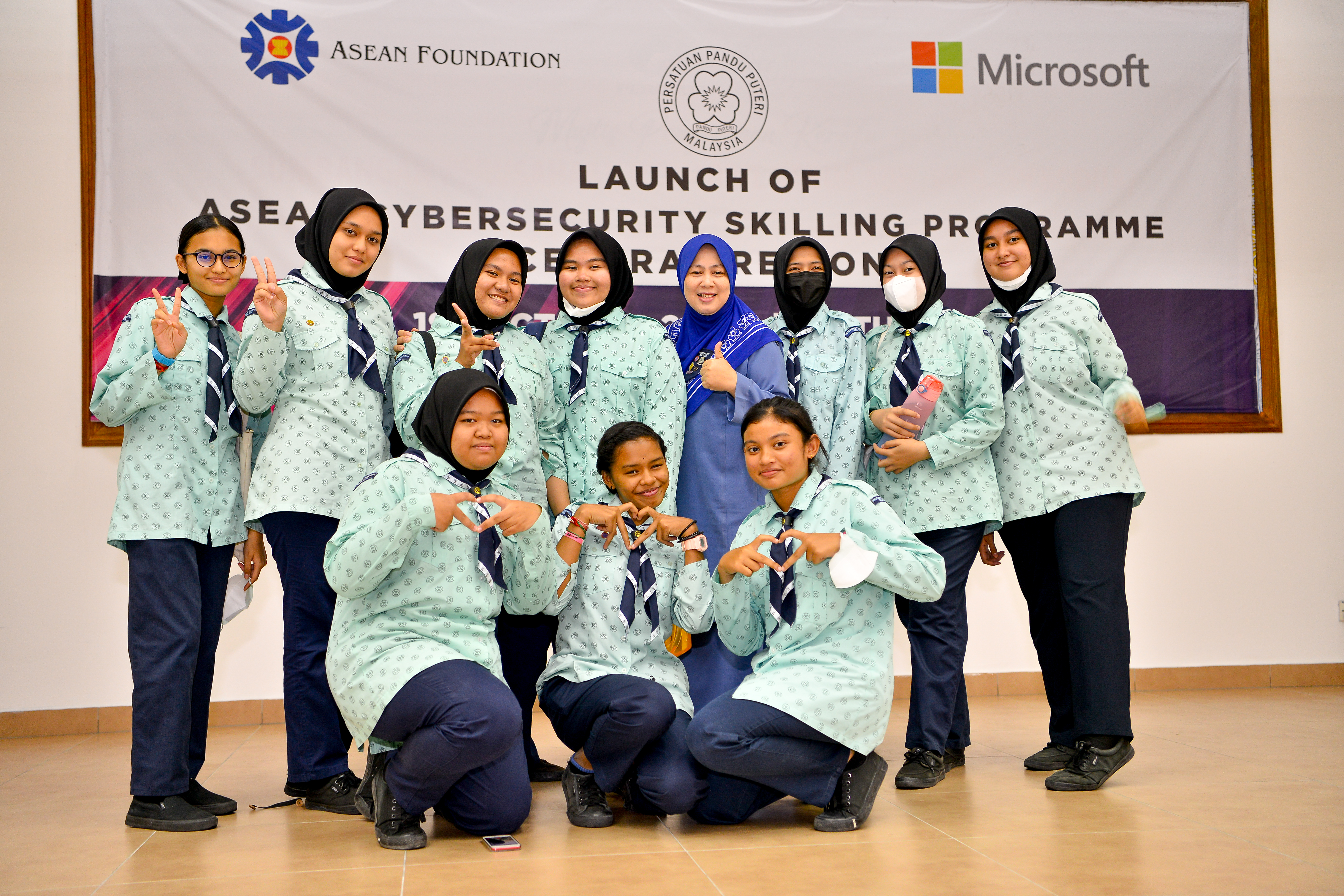One Dream, Separate Lives: How Migrant Families Cope
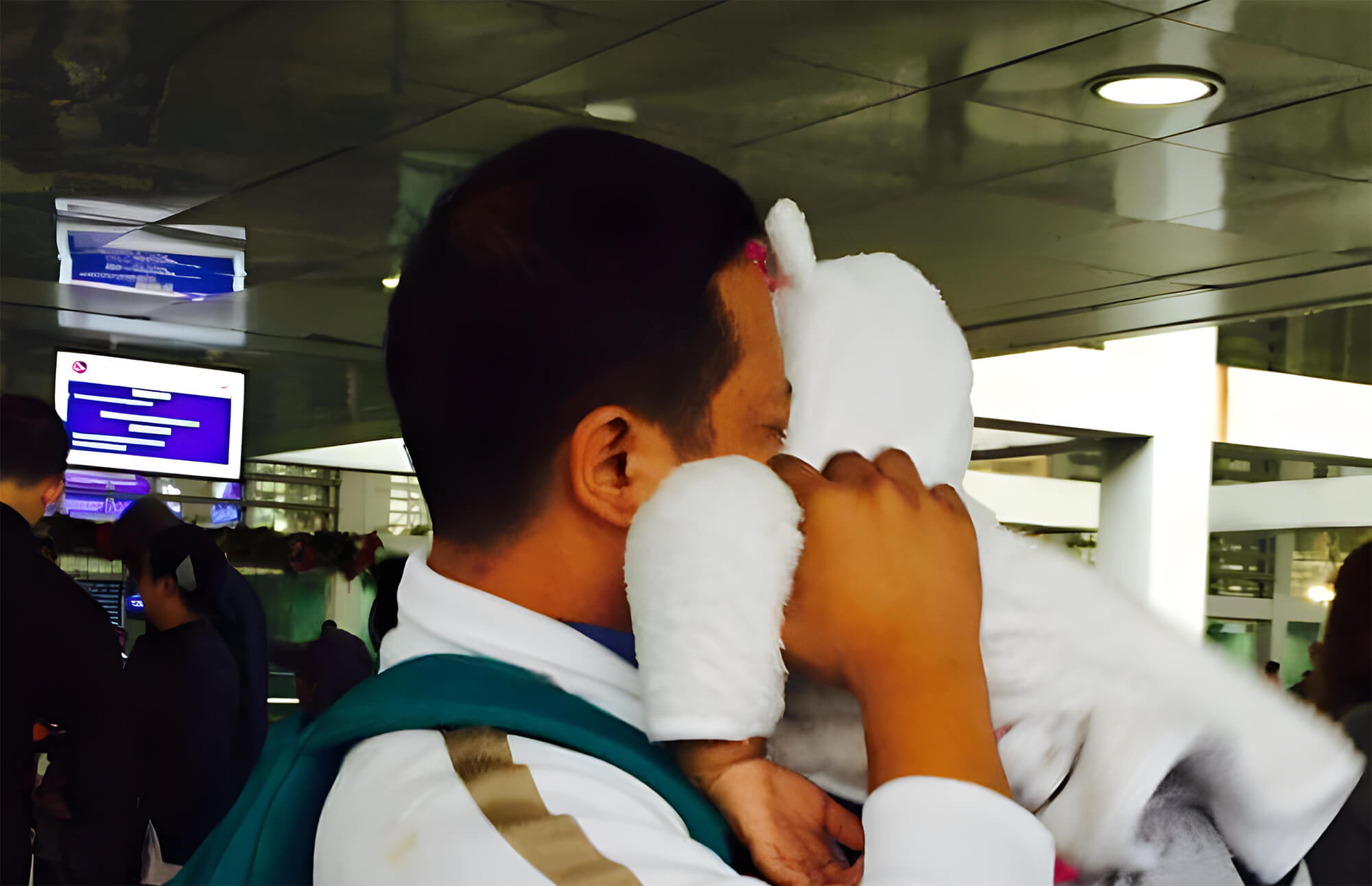
In the Philippines, there are almost 1.8 million registered migrant workers, more commonly called OFWs or Overseas Filipino Workers. The country is one of the world’s largest sources of migrant labour. At its international airports, scenes of tearful goodbyes are often seen—children crying out for their fathers or mothers, parents seeing off their adult children—as … One Dream, Separate Lives: How Migrant Families Cope

